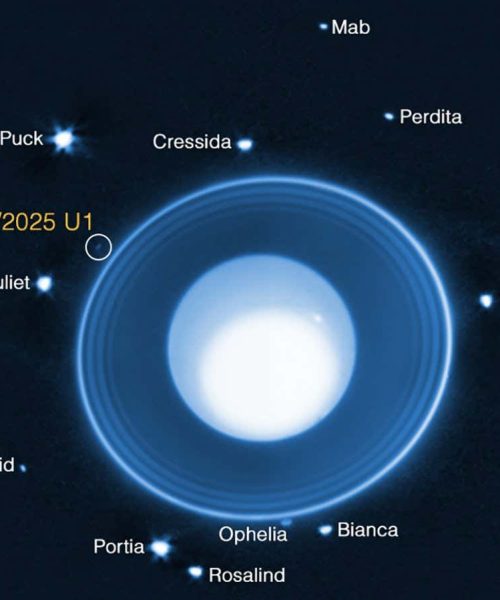
Terraforming Mars would make the planet more like Earth and better able to sustain life as we know it
DETLEV VAN RAVENSWAAY/SCIENCE PHOTO LIBRARY
Releasing glitter-sized iron rods into Mars’s atmosphere could warm the planet enough to melt water and support microbial life.
Making the surface of the Red Planet suitable for Earth life, a process called terraforming, would be a complex process, but a crucial part of this is raising its surface temperature above its current frosty median level of -65°C (-85°F).
Advertisement
Some people have suggested installing mirrors above Mars’s surface or pumping methane into its atmosphere, but these ideas are difficult to implement because the raw materials required would need to be sent from Earth.
Now, Edwin Kite at the University of Chicago in Illinois and his colleagues have found that relatively small dust clouds made from iron or aluminium rods mined from rocks on Mars could warm the planet by about 30°C in a period of a few months or over a decade, depending on how quickly the particles are released.
These rods would each be about 9 micrometres long and 160 nanometres across. They could be carried by wind up from the surface to the Red Planet’s upper atmosphere, where they would then remain for around a decade, trapping heat from the surface and allowing sunlight through.
Kite and his colleagues modelled how the rods responded to light and then fed this information into climate simulations, which showed that the increase in temperature and pressure would be enough for parts of Mars to sustain liquid water, and potentially oxygen-producing bacteria.
They also found that this warming would only need the rods to be released at a rate of water flowing through about 30 garden sprinklers, equivalent to a total of 700,000 cubic metres of metal per year to achieve the required warming, or around 1 per cent of Earth’s total metal production.
“When we did the calculation, we found a surprisingly small amount of engineered dust would be required, much less than if you wanted the same amount of warming with engineered greenhouse gases,” says Kite.
Although it would still be challenging to mine from Mars’s surface, this works out at 5000 times more efficient than any previously suggested warming method, says Kite.
One large uncertainty in the simulations is how the tiny rods might interact with water in Mars’s atmosphere, which could cause unintended effects like water clumping around the dust and falling back to the surface as rain, reducing the warming.
It is an interesting idea and might work if the particles stay in the atmosphere for long enough, says Manoj Joshi at the University of East Anglia, UK. But even with the low requirements for the amount of metal needed, it is still a huge manufacturing effort, he says.
There are also ethical questions around whether we should alter the atmosphere of another planet, says Joshi. “The deep surface of Mars is still barely explored; we don’t know anything about it. Should we really be altering a planet in this manner?”
Topics:





